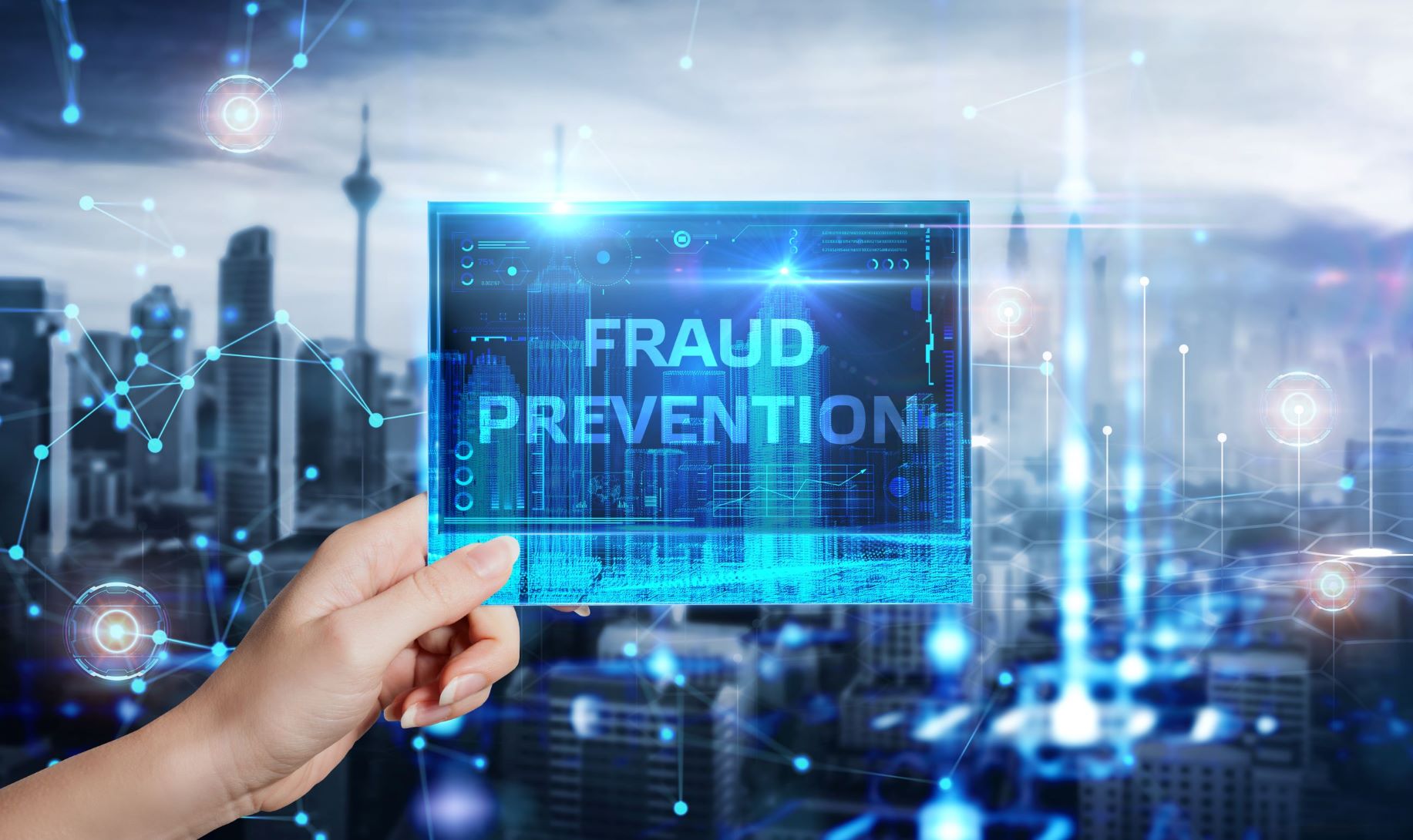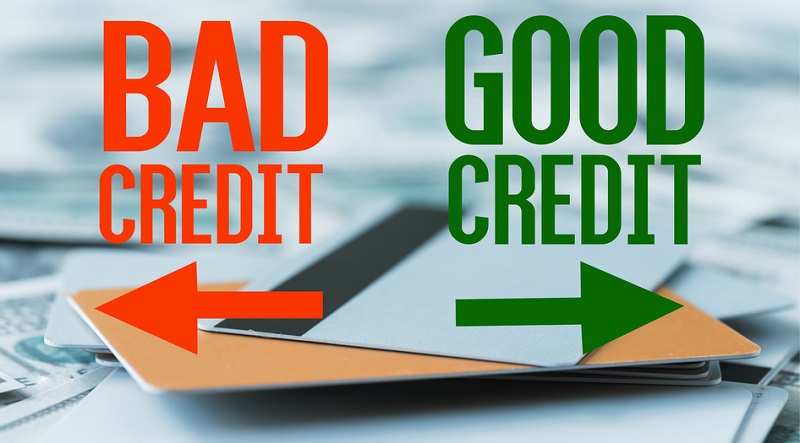- Home
- Bankruptcy
- Credit Score After Bankruptcy
Credit Score After Bankruptcy – What to Expect!
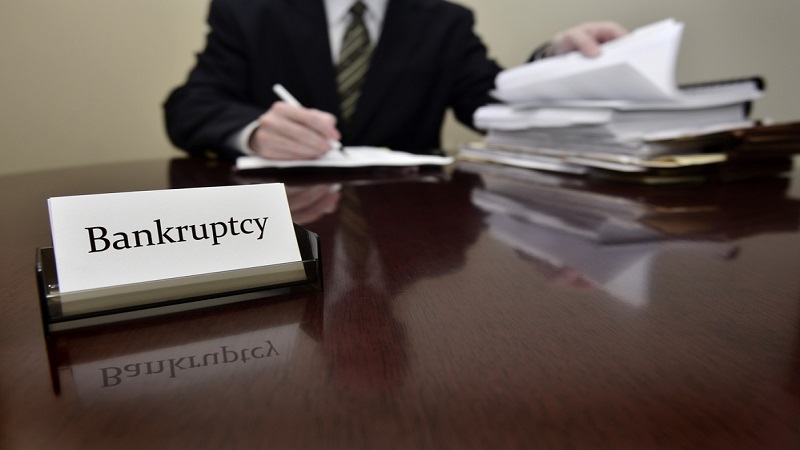
What happens to your 700 credit score after bankruptcy? Before filing for bankruptcy, this is something to consider because it could impact your financial standing for up to a decade.
Credit reports filled with bad debt and late payments can do the same, so you’re ultimately left with a big decision: Can you use credit repair strategies to clean up your credit, or should you take the hit that comes with bankruptcy?
The bad news is that you can expect your credit score after bankruptcy to drop once bankruptcy is reported to the credit bureaus.
The good news is that the negative impact may not last as long as you assume. Keep reading to learn everything you need to know about your credit score after bankruptcy.
When Does Bankruptcy Fall Off Your Credit Report?
One of the most common bankruptcy myths is that all information related to bankruptcy remains on your credit report for 10 years, and that’s only partially true.
Look at this quick breakdown of what you can expect:
- Bankruptcy public record entry – 10 years
- “Account included in bankruptcy” entry on specific credit lines – 7 years from the original delinquency of each
- Tax liens discharged through bankruptcy – 7 years
- Judgments discharged through bankruptcy – 7 years
- Chapter 13 public records – 7 years
The actual bankruptcy public record entry is the longest-standing data on your credit reports. As individual credit lines, liens, and judgments time out and disappear. You can expect your credit score after bankruptcy to start increasing.
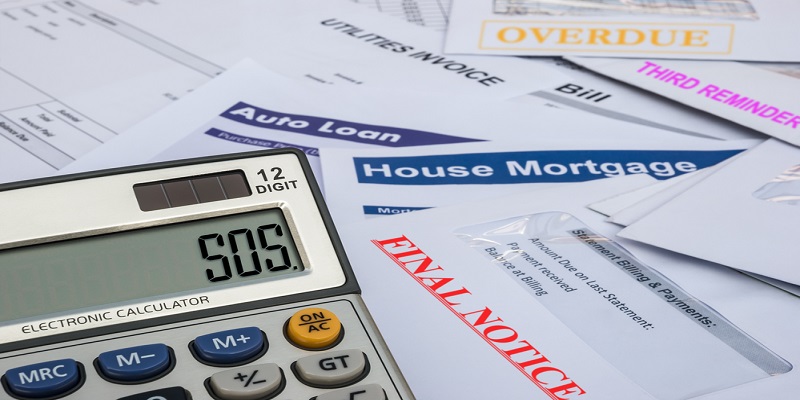
How Long Will a Bankruptcy Impact Your Credit Score?
You can expect your credit score after bankruptcy to drop substantially, and the default is recorded in your credit reports.
How long it takes for your score to rebound will depend on the following factors:
- What do you do to repair your credit score after bankruptcy? We’ll discuss ways to begin rebuilding your credit below.
- How long does it take old debt to time out? The older the delinquencies, the faster they may stop appearing on your credit report, taking the tag line regarding the bankruptcy with them.
While bankruptcy will appear as a public record listing on all three of your credit reports for 10 years, you can expect to see your credit score after bankruptcy increase after four to five years. It may happen even faster if you take the proper steps to repair your credit after filing bankruptcy.
What Happens After a Bankruptcy is Discharged?
Your bankruptcy is discharged when you have a court order releasing you from liability to the included lenders. You may take a deep breath of relief at that point, but don’t expect your credit score after bankruptcy to magically rebound at that point.
It can take some time, but there are a couple of things you should do:
- Check your credit reports 30-60 days after the discharge is official to ensure the bankruptcy public record is updated to discharge status.
- Ensure each line of credit included in the bankruptcy updates to discharged status and shows $0 due.
Your credit reports should now reflect your lack of liability for those lines of credit, even though they remain on your credit report. Next, you should work to balance those negative entries with new positive entries to raise your credit score after bankruptcy.
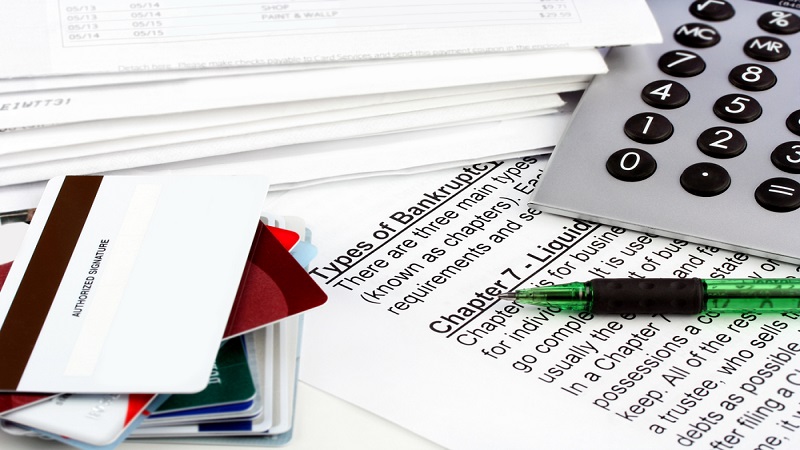
How to Repair Your Credit Score After Bankruptcy?
Does it all sound like bad news so far? Take a deep breath and think about the silver lining in the bankruptcy cloud: You can start repairing your credit immediately after your bankruptcy.
You can’t speed up the elimination of all bankruptcy mentions on your credit reports. Still, you can take steps to add new information that reflects your commitment to future financial responsibility.
The following checklist will walk you through the initial steps of building excellent credit after bankruptcy:
- Be honest with yourself about the financial missteps that lead you to bankruptcy. You can’t file bankruptcy again for at least eight years, and you never want to revisit this low point in your financial life. Make a list of habits, behaviors, and mindsets that contributed to the problem. Then come up with new routines and strategies to prevent those mistakes in the future.
- Start budgeting. You must know how much money is coming in and where it’s going when spent. If you don’t think you have enough income to live comfortably without going into debt, maybe it’s time to add a second job or find other ways to reduce expenses. Create a balance one way or another.
- Start monitoring your credit reports and score. Make sure you’re checking the same credit score every month. There are many different types of credit scores out there, and they may all vary. Quickly dispute any inaccurate or incomplete information added to your credit reports. The first score you see may disappoint, but it can rebound even within a year or two if you keep working at it.
- Secure new lines of credit slowly. You can do this with secured credit cards or small lines of credit and loans. Getting a co-signer may help as well. Many auto dealers will gladly offer car loans after bankruptcy, but you may have a higher interest rate than you would if you waited. The goal is to add new accounts over time and make every payment on time. If you get credit cards, keep your balances below 18% of the maximum credit limit at all times.
- Ask someone you trust to add you to their account as an authorized user. This will allow on-time payments to record on their credit report and yours. Please make sure they are responsible for their credit because you don’t want their late payments or closed accounts to impact your rebounding credit negatively.
Bankruptcy vs. Credit Repair – What’s Your Best Decision?
Now that you understand what to expect after filing for bankruptcy, the question is whether you take that temporary hit on your credit or work to improve your credit scores with repair strategies featured on this website.
That’s a personal decision that will come down to a variety of factors, including:
- The amount of bad debt on your credit report – Looking at a long list of closed accounts and collections reports. Look at the date each item was filed to determine how many years you will wait for them to fall off your credit. Most will stop appearing after seven years of the initial delinquency. If they weren’t delinquent before the bankruptcy, they would time out seven years from the bankruptcy date.
- The willingness of lenders to work with you – Have you contacted each lender on your credit report to ask for a settlement, payment plan, or other arrangements? A consolidation loan is another option to consider before bankruptcy.
- Active wage garnishments and lawsuits – Have you received a court summons for lenders seeking judgments? Are your wages being garnished? If so, bankruptcy is a legitimate way to stop the headache of legal action.
- Value of your assets – How much do you have in savings? Do you still owe on your car? What about your house? Determining how and when to file bankruptcy can help you save some of your assets.
If you’re still uncertain whether you want to file for bankruptcy, schedule a consultation with a bankruptcy attorney. They can provide further information based on your circumstances.
Whether you decide to repair your credit slowly over time or file for bankruptcy, you will need to know how to improve your credit. We’re always here to help with that.
Free 5-Day - Start Repairing Credit Challenge - Do It Yourself - Including A Live Expert Question & Answer Session.

Related Articles:
- How to Start Repairing Credit
- Credit Repair Shouldn't Cost a Fortune!
- Credit Repair After Bankruptcy It Is Possible
- Credit Score Ranges Explained in Terms That You Can Understand
- Better Credit Booster News and Tips
- 101 Credit Tips to Boost Credit Score Points, Today!
- Frequently Asked Credit Repair Questions and Answers (FAQ)

